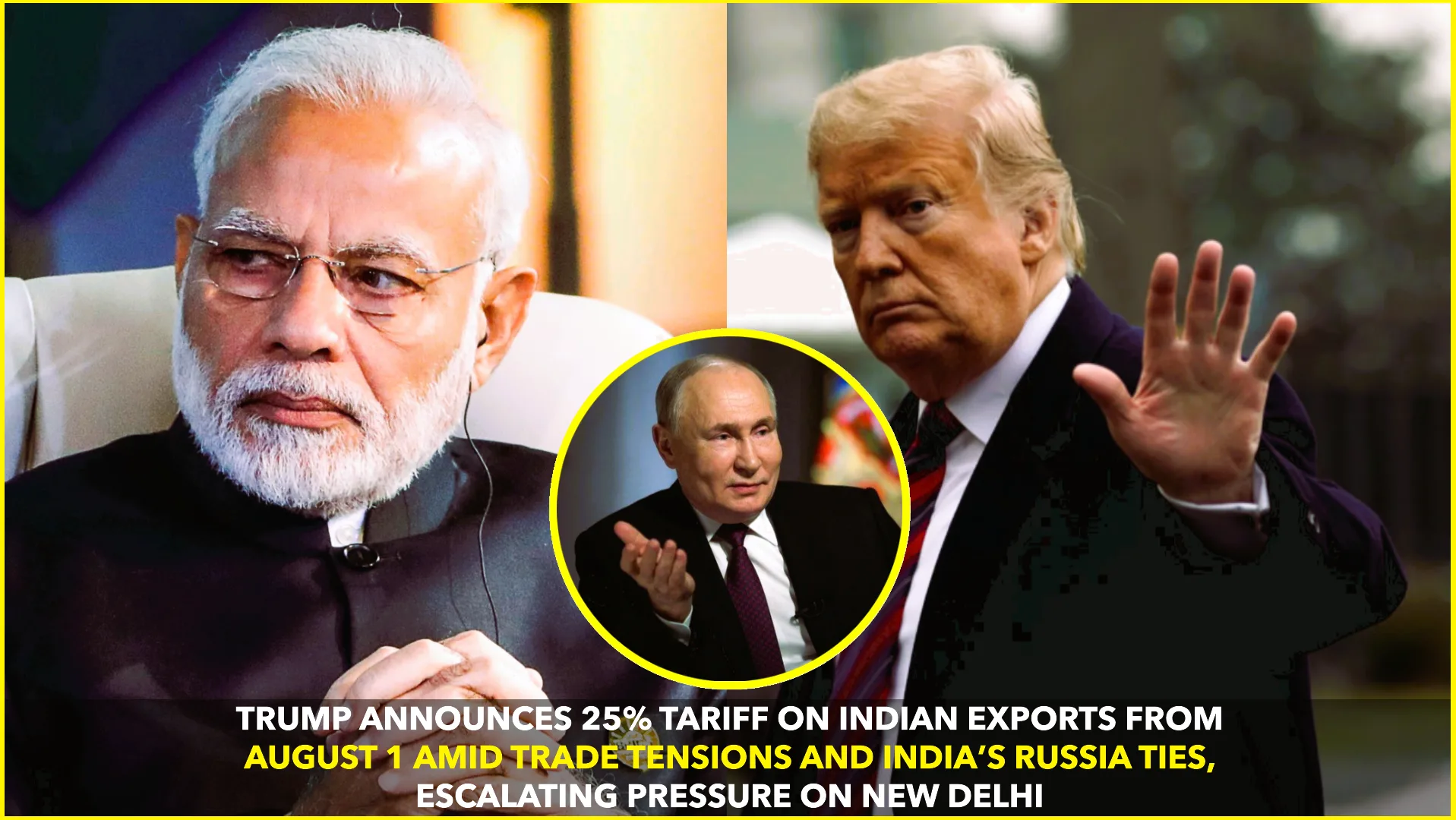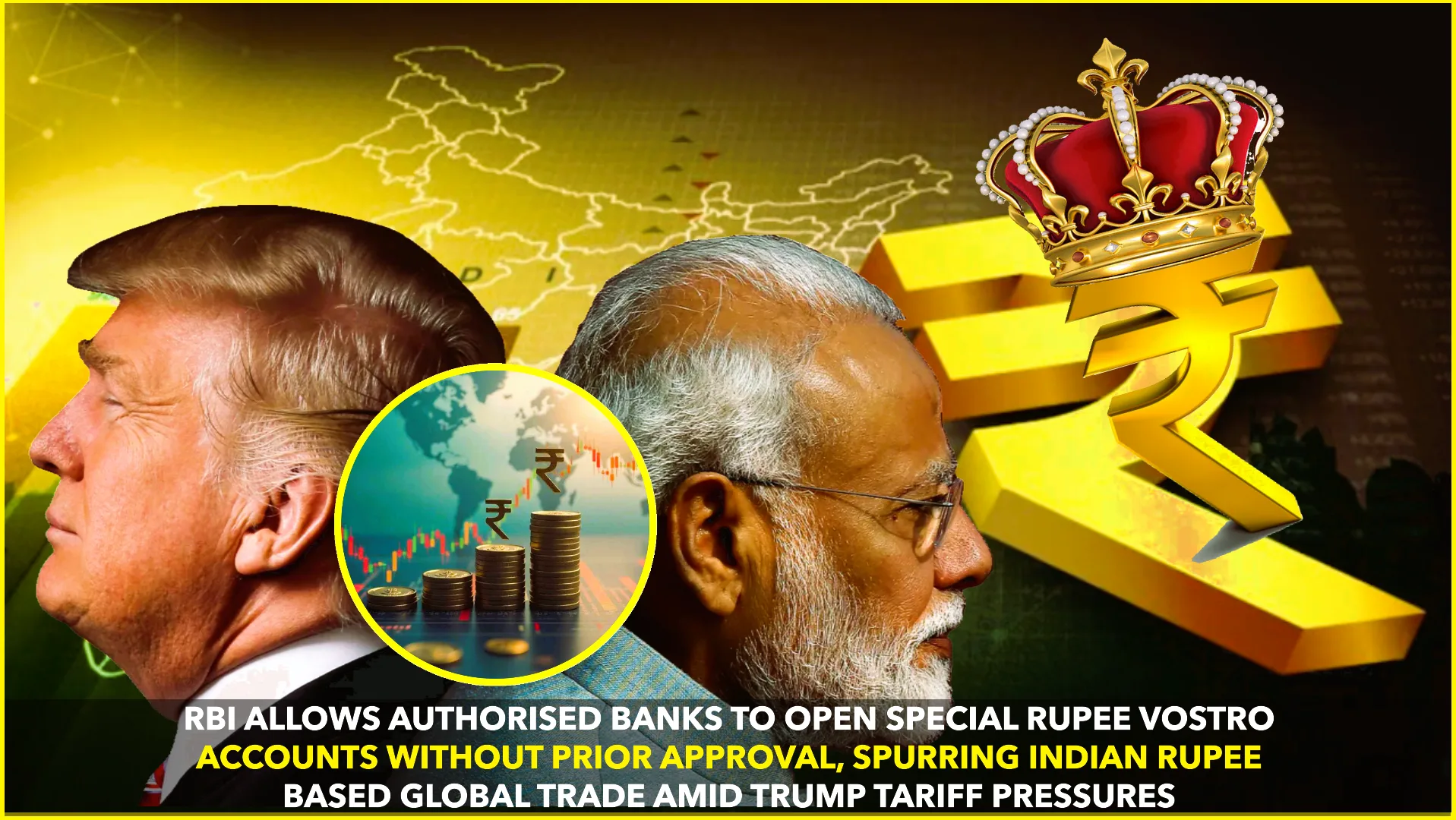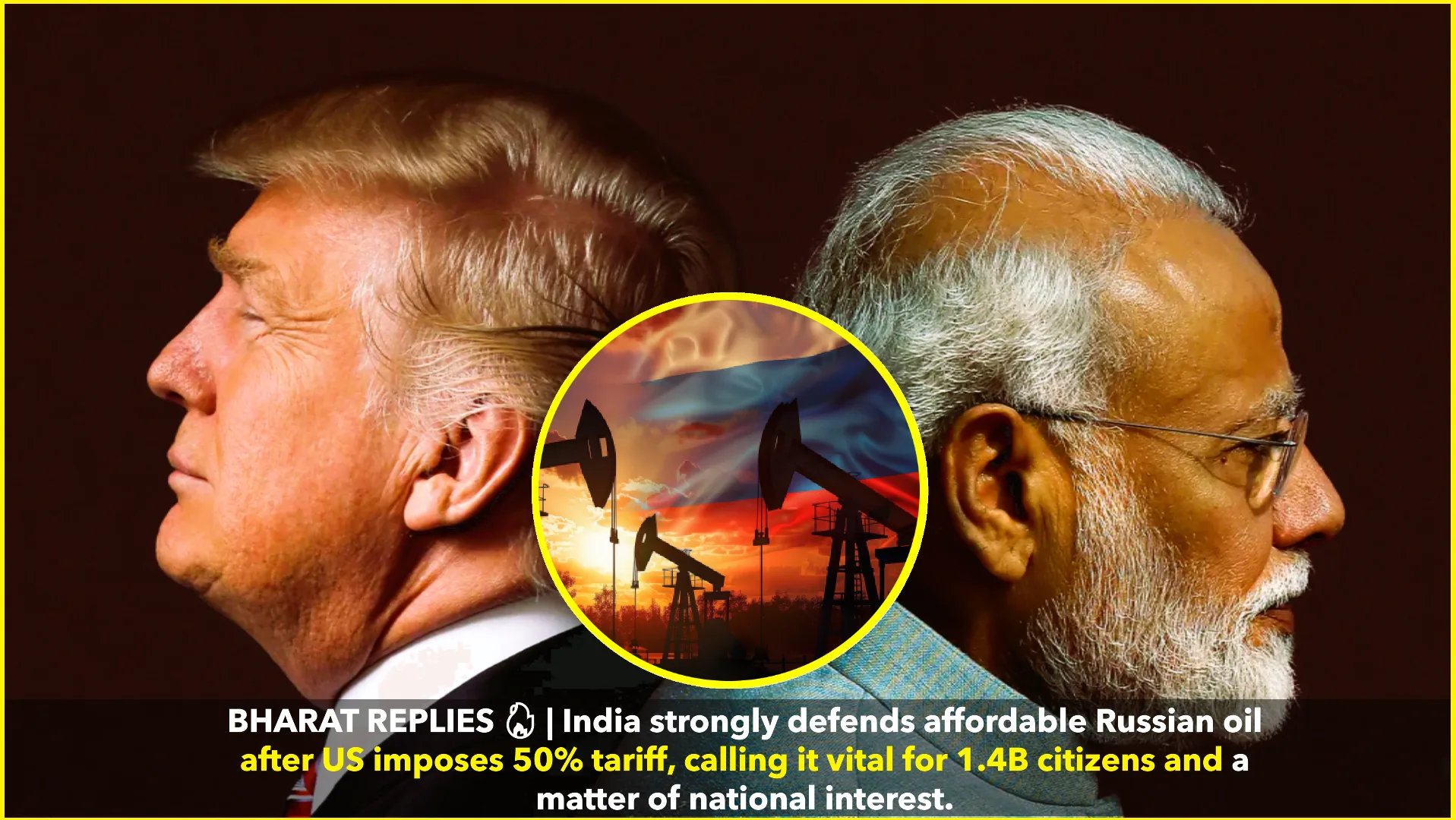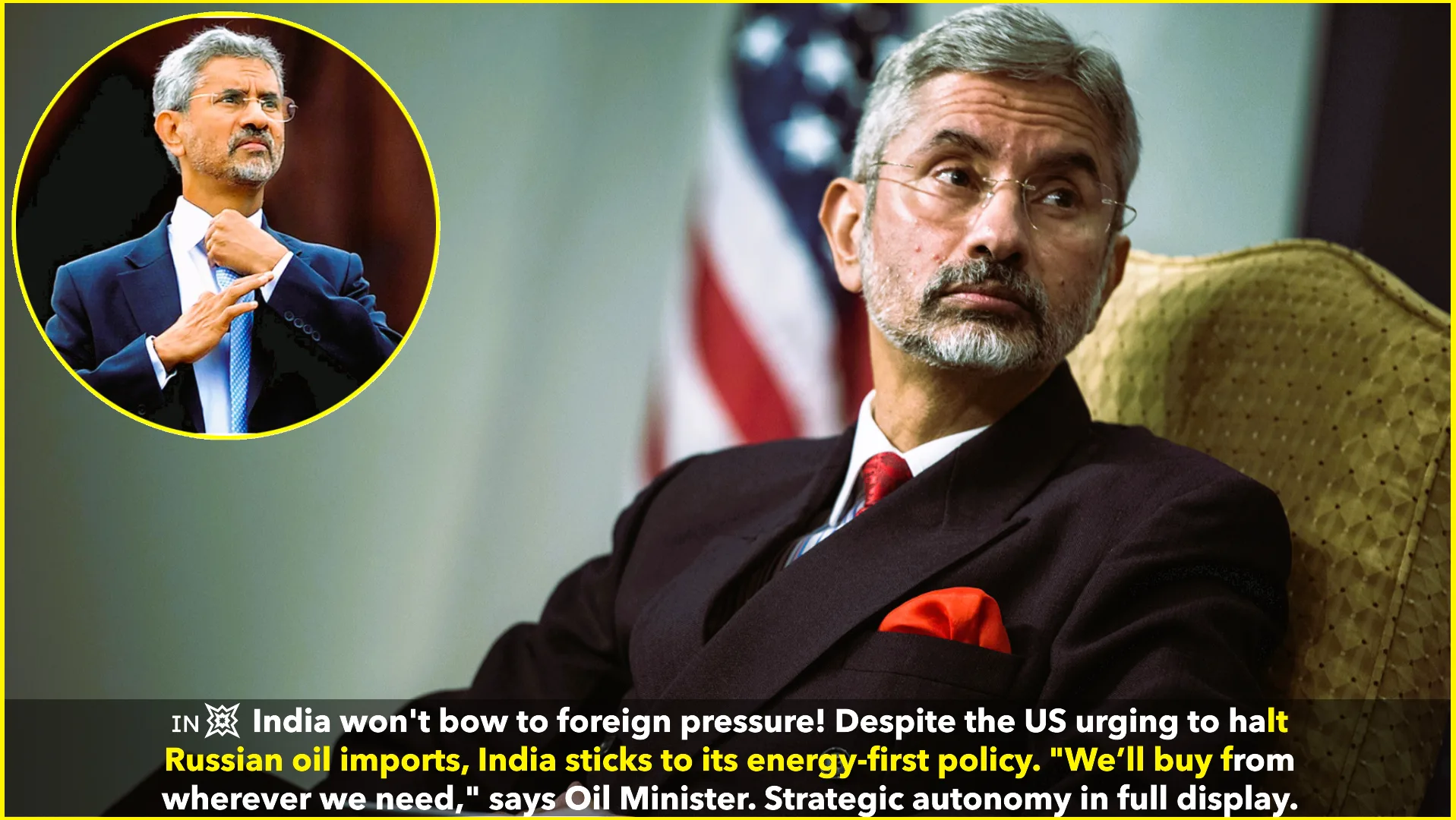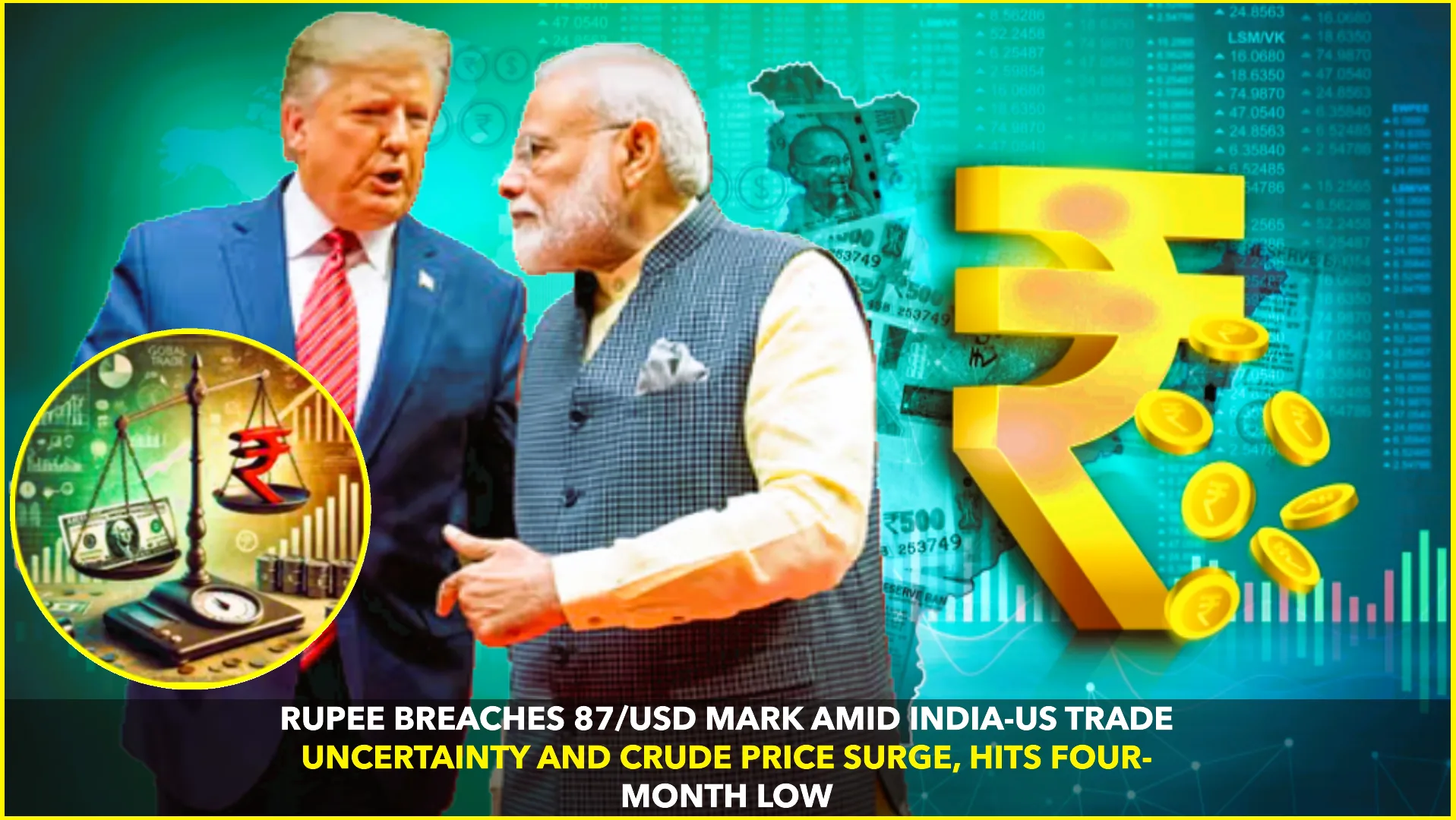In a move set to escalate trade tensions, US President Donald Trump announced that beginning August 1, a 25% tariff will be imposed on Indian exports to the United States. Additionally, Trump signaled the possibility of extra penalties over India’s continued purchase of Russian energy and military equipment, further straining bilateral relations between the two democracies.
During a press briefing at the White House, Trump sharply criticized India’s trade policies, calling the country’s tariff structure “one of the highest in the world.” He said, “India imposes unreasonable tariffs and non-monetary barriers on American goods. The United States is done being taken advantage of.”
The announcement comes amid stalled trade negotiations between the two countries. Talks that have been ongoing for months have failed to produce a comprehensive agreement. While the US has pushed for greater market access in sectors like energy, defense, and agriculture, Indian officials have remained cautious, especially in light of upcoming domestic elections and broader geopolitical considerations.
Trump also expressed displeasure with India’s increasing defense and energy deals with Russia, despite ongoing US sanctions against Moscow. India recently finalized a major oil import deal and continued its purchase of the Russian S-400 missile system. Trump hinted that such decisions could trigger additional penalties under the Countering America’s Adversaries Through Sanctions Act (CAATSA).
🔍 Why It Matters
India has long been one of the largest beneficiaries of the US Generalized System of Preferences (GSP), but that status was revoked by the Trump administration in 2019 due to similar trade grievances. This latest tariff threat signals a more aggressive posture from Washington.
According to trade data from the US Trade Representative’s office, India exported approximately $89 billion worth of goods to the United States in 2024, with sectors like textiles, pharmaceuticals, machinery, and software services dominating the trade balance. A 25% tariff could have a substantial impact on small and medium exporters across India.
Indian officials have not yet released an official statement but sources within the Ministry of Commerce said the government is evaluating the situation. “This is a serious escalation. We are reviewing the implications and preparing a suitable response,” a senior official told The Economic Times.
🌍 Diplomatic Concerns
The announcement has drawn international attention as it threatens to disrupt one of the world’s most important strategic partnerships. Both countries have worked in recent years to strengthen ties in areas ranging from defense to technology cooperation. However, Trump’s “America First” approach has often clashed with India’s more protectionist economic stance.
Analysts suggest that India may now be forced to either make concessions or seek to diversify its trade relationships further. “This move is aimed at squeezing India into a deal. But if India sees it as economic coercion, it could backfire diplomatically,” said Dr. Reva Dasgupta, a foreign policy expert at Jawaharlal Nehru University.
🧭 What’s Next?
With just days left before the August 1 tariff deadline, the ball is now in India’s court. While backchannel negotiations are reportedly ongoing, a breakthrough remains uncertain. If no deal is reached, this could mark the beginning of a protracted trade standoff between Washington and New Delhi.
Sources:






